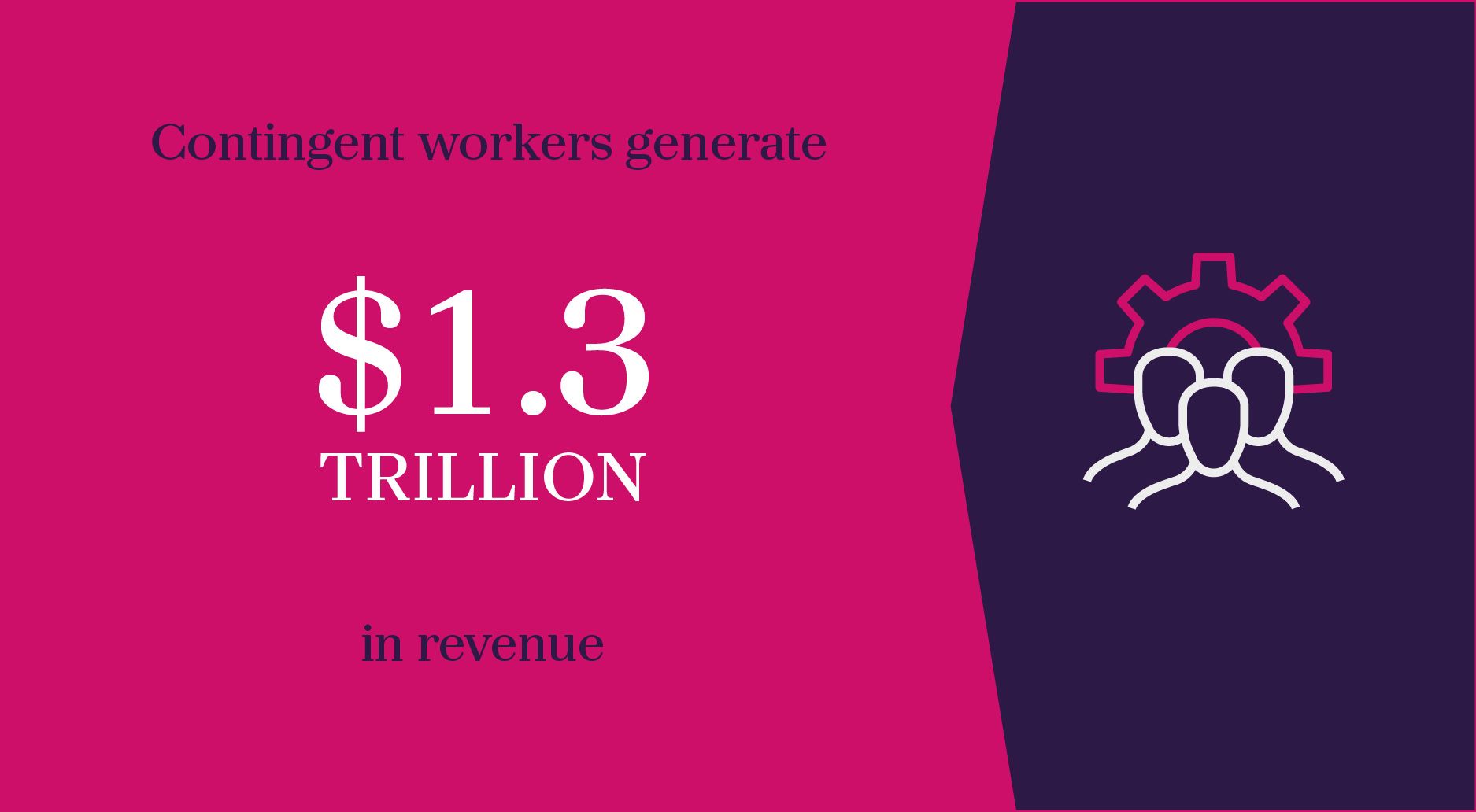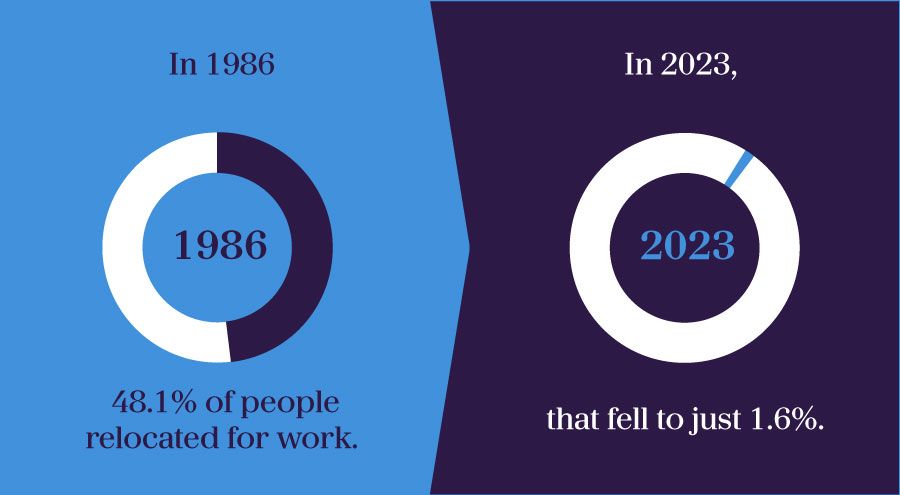What’s hot in the world of talent acquisition for 2024
Contributors:
Alexeis Garcia Perez
Professor of Digital Business and Society, Aston Business School
Nicky Hancock
Managing Director, The Americas, AMS
Sara Gutierrez
Chief Scientist, SHL

As we look to 2024, major shifts in technology, work environments and hiring practices continue to reshape the future of recruitment. From the constant march of artificial intelligence to the ever-growing importance of diversity and inclusion, the world of talent acquisition has always evolved but 2024 looks set to show a considerable acceleration in the pace of that evolution.
If you’re wondering where the world of talent might be headed in 2024 and thinking about the key trends you need to keep up with, look no further than our experts round up of what the year has in store.
The operationalization of skills-based hiring
Ongoing talent shortages and the volatility of our current business environment means organizations are having to re-evaluate their approach to hiring people. While almost all talent professionals will have already heard about skills-based hiring - hiring for the skills and potential an individual has, rather than experience and past employment history - 2024 will bring a greater focus on operationalizing it, rather than talking about it.
“Skills-based hiring increases talent pools exponentially, it’s good for diversity and inclusion and it gives us more agility in our workforces - but every organization is on a different journey,” says Nicky Hancock, managing director Americas at AMS.
“Some have made some progress from an internal hiring perspective, but generally it is more theoretical than operationalized. The technology is there to do it, it’s more about a culture change in the organization and how to systemize it. We’ll see that next year,” she adds.
Moving contingent hiring from procurement to HR
Back in 2020, there were 51.5 million contingent workers in the US, representing more than a third of our entire workforce and generating $1.3tn in revenue. With organizations aiming to become more agile and adaptable while also competing for talent, contingent hiring is likely to continue growing.

With this in mind, businesses are increasingly taking control of their contingent hiring processes and moving it away from procurement and into HR, where it can align better with skills-based hiring and employer branding.
“Traditionally, contingent hiring in the US has been through a provider and has rarely innovated or evolved. Now, it’s all about brand-led direct sourcing. It’s a disruptor and it’s about building talent pools for a brand through identifying skills, regardless of whether they’re for permanent or contingent roles,” says Hancock.

A ‘post-industrial’ age of workforce planning
The combined challenges of artificial intelligence, talent scarcities and an uncertain future means we’re entering a ‘post-industrial’ era of business, where growth will mean focusing on reskilling, retention and productivity, rather than simply increasing headcount.
For recruiters, this will mean thinking about talent attraction in new ways, with a focus on harnessing AI to build data and exploit new talent intelligence, argues HR expert Josh Bersin.
Future business success might be about doing more work with fewer people - and better workforce planning.
"All over the world companies feel a need to improve productivity, yet we keep throwing more tools at people, expecting work to get better. It is time to couple strong technologies with new models of leadership, organizational dynamism, and more integrated HR. When done in concert, these strategies can help any company grow and thrive without hiring more and more people,” says Bersin.
GenAI or ethical AI?
Conversations about AI will continue to dominate the recruitment industry in 2024, but regulation and how to stay on the right side of the ethical argument will become an increasingly important part of it.
Earlier this year, New York State implemented legislation requiring companies using AI in hiring to notify candidates that they were doing so, while also allowing independent auditors to check the technology for bias. Regulation is coming, and recruiters need to be aware of it.

While AI potentially has huge benefits for sectors of work, there are two key risks for business. One is accuracy, with a recent Stanford University study claiming Chat GPT is becoming less accurate over time, rather than more.
The second is about ensuring that humans make the ultimate decision on hiring, not technology.
Alexeis Garcia Perez is professor of digital business and society at Aston Business School. He believes that it is incumbent on all businesses to update skills to ensure humans are able to manage digital transformation 2.0.
“As we transition into a knowledge economy and jobs continue to be transformed by technology, employees who lack the adaptability enabled by digital fluency risk structural unemployment. For businesses this would mean a challenge to recruit talent, execute new strategies and keep pace with the speed and nature of change. Investing to facilitate and improve access to digital skills and cultivate a culture of continuous learning is key to securing a competitive and inclusive economic future,” he says.
Resignation not relocation
The days of new hires willingly uprooting homes and families to move cross country for a new job are over. The rate at which American employees move for work fell to a record 1.6% in the first three months of 2023, according to data by outplacement firm Challenger, Gray & Christmas.
The proportion of jobseekers moving for work has been on a downward trend since the firm began measuring the data in 1986 (when 48.1% of people relocated for work), However, the confluence of plentiful remote jobs, skyrocketing mortgage rates and house prices, and decreasing employer loyalty means moving for work is no longer an option for many.
So what does this mean for recruiters in 2024? As employers get increasingly serious about a return to the office, they’ll have to reevaluate their relocation strategies in order to attract - and retain - the best talent. Asking your people to move for work is no longer a given.

A ‘post-industrial’ age of workforce planning
The combined challenges of artificial intelligence, talent scarcities and an uncertain future means we’re entering a ‘post-industrial’ era of business, where growth will mean focusing on reskilling, retention and productivity, rather than simply increasing headcount.
For recruiters, this will mean thinking about talent attraction in new ways, with a focus on harnessing AI to build data and exploit new talent intelligence, argues HR expert Josh Bersin.
Future business success might be about doing more work with fewer people - and better workforce planning.
"All over the world companies feel a need to improve productivity, yet we keep throwing more tools at people, expecting work to get better. It is time to couple strong technologies with new models of leadership, organizational dynamism, and more integrated HR. When done in concert, these strategies can help any company grow and thrive without hiring more and more people,” says Bersin.
GenAI or ethical AI?
Conversations about AI will continue to dominate the recruitment industry in 2024, but regulation and how to stay on the right side of the ethical argument will become an increasingly important part of it.
Earlier this year, New York State implemented legislation requiring companies using AI in hiring to notify candidates that they were doing so, while also allowing independent auditors to check the technology for bias. Regulation is coming, and recruiters need to be aware of it.

While AI potentially has huge benefits for sectors of work, there are two key risks for business. One is accuracy, with a recent Stanford University study claiming Chat GPT is becoming less accurate over time, rather than more.
The second is about ensuring that humans make the ultimate decision on hiring, not technology.
Alexeis Garcia Perez is professor of digital business and society at Aston Business School. He believes that it is incumbent on all businesses to update skills to ensure humans are able to manage digital transformation 2.0.
“As we transition into a knowledge economy and jobs continue to be transformed by technology, employees who lack the adaptability enabled by digital fluency risk structural unemployment. For businesses this would mean a challenge to recruit talent, execute new strategies and keep pace with the speed and nature of change. Investing to facilitate and improve access to digital skills and cultivate a culture of continuous learning is key to securing a competitive and inclusive economic future,” he says.
Resignation not relocation
The days of new hires willingly uprooting homes and families to move cross country for a new job are over. The rate at which American employees move for work fell to a record 1.6% in the first three months of 2023, according to data by outplacement firm Challenger, Gray & Christmas.
The proportion of jobseekers moving for work has been on a downward trend since the firm began measuring the data in 1986 (when 48.1% of people relocated for work), However, the confluence of plentiful remote jobs, skyrocketing mortgage rates and house prices, and decreasing employer loyalty means moving for work is no longer an option for many.
So what does this mean for recruiters in 2024? As employers get increasingly serious about a return to the office, they’ll have to reevaluate their relocation strategies in order to attract - and retain - the best talent. Asking your people to move for work is no longer a given.
Investment in people for the long-term
As Gen AI continues to impact workforces, uproot jobs and change the very fabric of work, it is vital that recruiters and businesses extol the benefits of investing in the right people and talent for the long-term success of business.
In short, businesses should not let short-term solutions like artificial intelligence overshadow the long-term value human capital can bring.
“Although we saw economic struggles coming out of the pandemic, we also witnessed the most buoyant job market in recent history. This led to the Great Resignation, with employees having agency and power, and employers having to work hard to attract and retain talent. The result: higher starting salaries, greater flexibility, more work life-balance, and so on,” says Sara Gutierrez, chief scientist at SHL, the global leader in talent insight and data analysis.
“That pendulum has shifted. A tight labor market and less opportunity, coupled with job insecurity and a cost-of-living crisis means that employers are back in the driving seat. While it might be tempting for organizations to pull back from employee-oriented initiatives, such action will be short-sighted. Organizations that continue to invest in their people, offering development, mobility, and career growth in 2024 will reap the rewards in the months and years to come.”
written by the Catalyst Editorial Board
with contribution from:


Alexeis Garcia Perez
Professor of Digital Business and Society, Aston Business School

Nicky Hancock
Managing Director, The Americas, AMS

Sara Gutierrez
Chief Scientist, SHL

